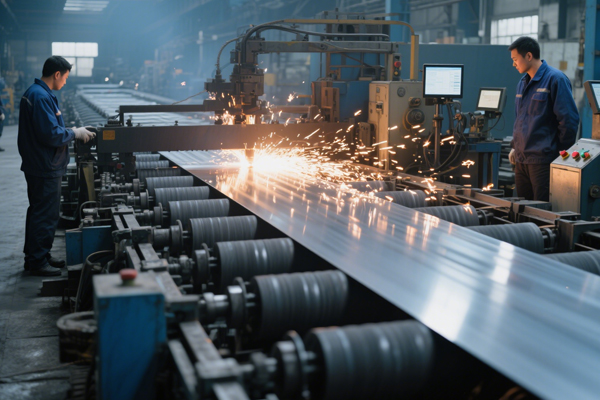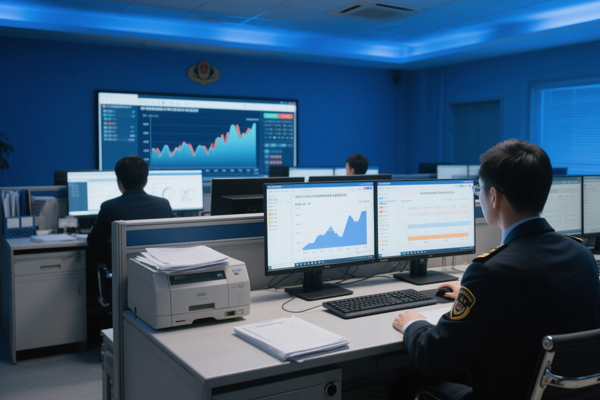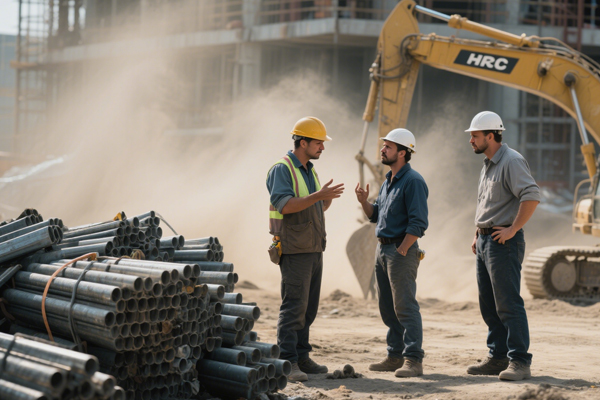In Spite Of The Euro-dollar Instability, Indian HRC Export Offers Gains
10,000 tonnes of structural grade HRC were sold last week by a tier-1 Indian mill to Italy and Antwerp for $800–805 per tonne cfr, netting out to $75–760 per t for shipment in end-March or early April. When the USD/EUR exchange rate was at 1.10 last week, European buyers accepted this offer, and India considered no marginal loss in EUR realisations, according to a source.
The majority of European purchasers have already completed their restocking, thus it is tough for Indian vendors to consider any raise after this agreement.
Indian HRC proposals have increased this week to $810–815/t cfr Europe, but no new transactions have been officially announced.
Gulf Cooperation Council offers are now being considered at $740/t cfr GCC. Buyers are now more hesitant due to the slowing economy in China and would rather wait and observe the market. An Indian firm last week agreed to purchase 20,000–25,000 tonnes of re-rollable grade HRC for $745–750/t cfr Abu Dhabi for shipping in March.
As customers in the GCC were anticipating a price increase from China following the New Year holidays, the reverse actually transpired in the market, according to a mill source, “falling Chinese futures have misled purchasers in the GCC.” We had anticipated a lot more buying activity in the GCC market, but now most consumers are delaying their purchases and watching the general direction of the market.
Indian mills increased their domestic HRC offers last week to INR 59,500–60,000/t ($720) for E-250 grade HRC and INR 62,500–63,000/t ex–Mumbai for E350.
Market participants are doubting, nonetheless, whether the intended price increase to Europe will be approved by consumers given the current state of lethargic sentiment in China and moderate demand in Europe as a result of the recent restocking.
It is predicted that the recent increase in coking coal prices to about $350/t fob Australia and the positive outlook for iron ore will more than make up for the weakness in Chinese futures and support HRC pricing. Despite this, the majority of participants do not believe the market will increase because the price increase in India is not driven by demand but rather by sentiment, which is not anticipated to last for very long.
Last but not least, if exports fail, mills still have the option to sell HRC on the domestic market in India, as seen by the recent increase. Additionally, sources state that Indian mills may attempt to sell little quantities at higher rates because they do not have many export allocations left for this fiscal year, which ends on March 31, 2023.







